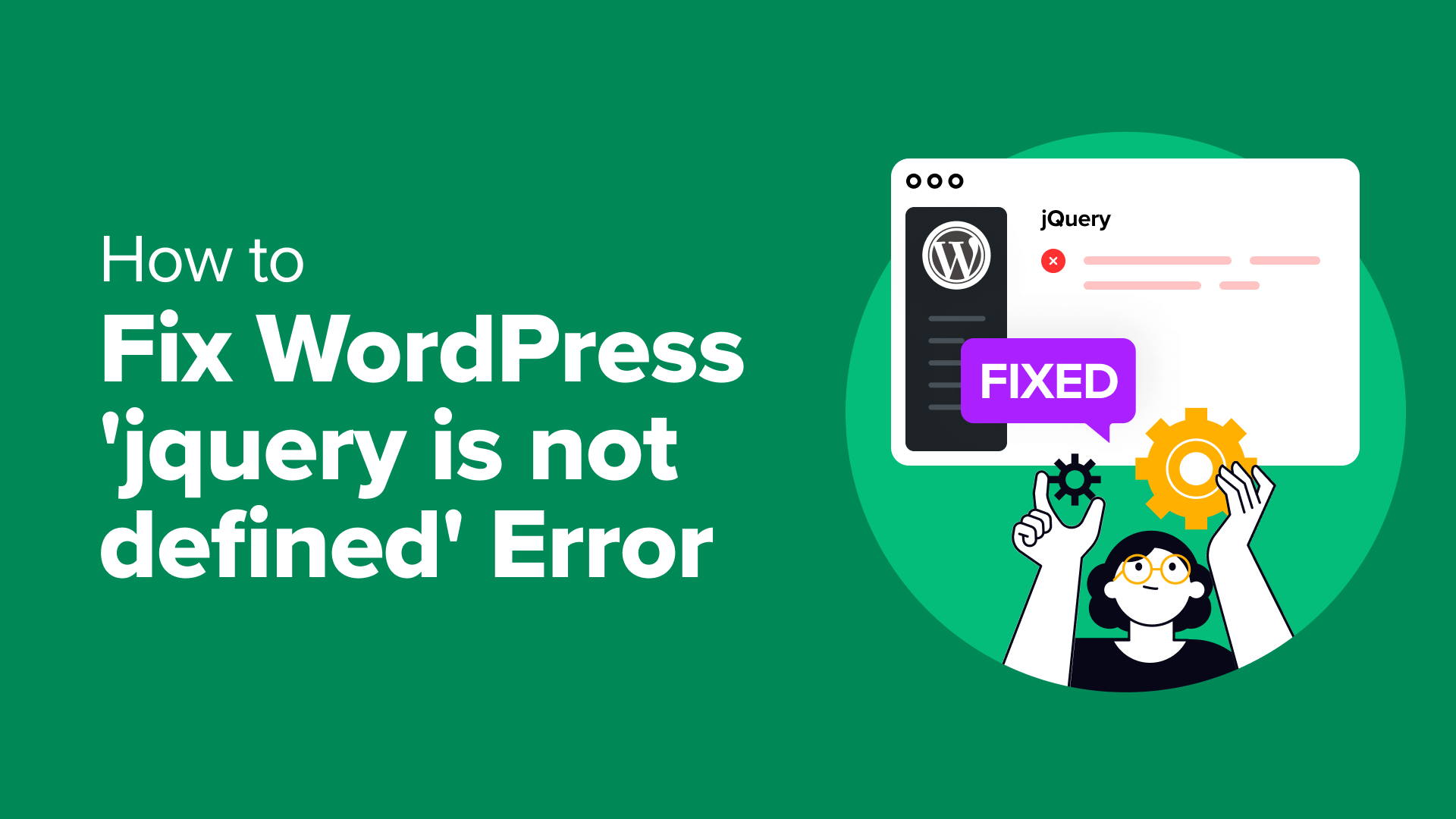In my previous article on change management, I discussed how addressing cultural resistance, change-resistance mindset, and cross-team interdependencies can unlock the full potential of a digital transformation. However, even the best change management strategies remain stagnant if the underlying data governance model is misaligned with the business needs. The central data governance model, while effective in theory and was the default choice for organizations in the past, often stifles growth by imposing rigid structures that fail to address specific business unit requirements. Through my work in helping a real estate management company transform its data architecture and operating model, I witnessed firsthand how transforming a rigid governance framework into a decentralized, business-unit-driven model boosted data strategies, streamlined operations, and drove profitability significantly for the business.
What is Data Governance?
Data governance is a framework that ensures high-quality, trusted data is consistently accessible across an organization. It aligns people, processes, and technology to support data-driven decisions by defining clear roles for data ownership and stewardship.
Initially focused on IT managing transactional data,
Why is Data Governance Becoming More Important?
Data governance is increasingly critical due to evolving regulations, rising cybersecurity threats, and the growing reliance on data for competitive advantage.
At the same time, the rapid adoption of advanced technologies, such as AI/ML use cases, advanced analytics, and automation needs, requires high-quality data to drive efficiency and confident decision-making. Poor governance can lead to
The Importance of Having the Suitable Data Governance Operating Model for Your Business
For data governance to succeed, organizations need an operating model tailored to the diverse needs of all business lines. The right model ensures data is managed, secured, and utilized effectively across various use cases, driving operational efficiency and strategic decision-making. A one-size-fits-all approach to data governance not only restricts scalability but also hampers the organization’s ability to address unique challenges such as regulatory compliance, data quality, and cross-functional collaboration.
There are three main data governance operating models that organizations can choose from, each with its own pros and cons:
- In a centralized model, the Data Office (DO) defines and enforces policies, acting as the single authority for all data-related decisions. This ensures consistency but can become rigid as organizations grow, neglecting the specific needs of different business units.
- The decentralized model gives individual business units control over their data, with key governance decisions made by a committee. While it offers flexibility and tailored solutions, it can lead to inconsistencies and slower decision-making if not well-coordinated.
- The federated model combines centralized strategy with decentralized flexibility. The DO provides frameworks and tools, while business units adapt governance practices. This model works well for organizations with mature data capabilities, balancing enterprise priorities with flexibility, but requiring skilled data leadership to maintain consistency.
The Challenge of Selecting the Right Data Governance Operating Model
Choosing the right data governance operating model is not just a technical decision; it requires a shift in mindset and approach. Organizations often overlook how governance impacts people and processes, assuming advanced tools and a rigorous framework alone will solve their challenges.
Balancing between the rigid control of the centralized structure and the flexibility of the decentralized model is a key challenge. Too much control can stifle innovation, while too much flexibility can lead to inconsistencies, misalignments, and errors. The ideal model must align with the organization’s data maturity, structure, and future goals.
Without careful planning, companies risk adopting a model that either overwhelms teams with bureaucracy or creates gaps that undermine efforts. Achieving the right balance requires both technical expertise and a deep understanding of your business’s data priorities and operational goals.
How to Select the Right Data Governance Operating Model for Your Organization
Selecting the right data governance operating model requires a strategic approach that aligns with the organization’s unique needs, maturity, and objectives. Drawing from my experience as a data transformation expert across diverse industries and insights from leading data governance frameworks, I propose the following step-by-step blueprint for choosing the right data governance model for your enterprise:
-
Assess the Current State: Evaluate existing data governance activities across your business such as what data sources you draw from, who are the stakeholders involved in cleaning, analyzing, and using the data, and what use cases and compliance the data serve. Best-in-class industry frameworks like DCAM (Data Management Capability Assessment Model), developed by the EDM Council, act as the perfect lesson for you to systematically benchmark your organization’s data governance maturity. DCAM provides a structured approach to identify gaps in your data governance efforts, measure your data capabilities against industry standards, and prioritize areas for improvement, ensuring data governance practices align with business goals. To learn more about the DCAM framework, check out
this video from the EDM Council . -
Define the Target State: Identifying gaps in your current operating model (or acknowledging that it is yet to exist!) and aligning them with business priorities is the crucial next step. Setting specific goals like improving data quality, enhancing industry compliance, or mobilizing data for advanced analytics and business use cases that drive operational efficiencies while addressing both enterprise-wide and departmental data needs is essential for success.
-
Evaluate Model Suitability: Analyze the three operating models against your organization’s current and target states. Remember, make the choice based on the decision-making structures and data management maturity of all your business lines, not just one. A rule-of-thumb can be remembered for the following models:
-
The centralized structure is best for early-stage or single, dominant businesses with one asset class operating in one (or a few) key geographies requiring strict control and rigorous standards,
-
The decentralized structure is ideal for organizations with siloed, diverse business units across multiple geographies or asset classes that prioritize autonomy in day-to-day operations and decision-making.
-
The federated structure is suitable for mature organizations with multiple asset classes, business lines, and geographical operations that seek a balance between consistency and flexibility.
-
-
Engage Stakeholders: Executive leadership support is critical to setting up the right data governance model for your business. Collaborate with business and IT leaders to gain buy-in and alignment with organizational goals. Start with confirming that the proposed operating model is the right choice and that data domain owners across the enterprise have the right expertise and capacity to commit to the mode. Encourage executive leaders to participate in critical sessions to communicate governance principles and updates to the organization and ensure that designed data stewards understand and fulfill their roles and responsibilities. Ongoing support across the organizational hierarchy is also critical to ensuring the long-lasting impact of the new data governance model.
-
Pilot, Refine, and Scale: Start with a pilot program to test and refine the governance operating model, ensuring it addresses key business needs and aligns with organizational goals. Gather feedback from stakeholders during the pilot phase and make iterative adjustments to improve functionality and usability. Once the pilot proves successful, scale the operating model gradually across the organization, prioritizing high-impact areas first. Continuously monitor its effectiveness, gathering ongoing feedback to make incremental improvements as needed. Remember, achieving success in data governance is a journey, not a sprint—there’s no need to rush perfection or expect immediate adoption across all departments. Patience and adaptability are key to fostering long-term alignment and sustained success.
Finally, I’d like to leave you with a case study on how my work helped a global real estate leader transitioned from a centralized to a federated data governance model
While working on a data architecture project for a real estate company, I led the transition from a centralized to a federated data governance model. This shift empowered the organization to leverage its data more effectively, foster collaboration, streamline operations, and enable better decision-making, outcomes the previous model had failed to deliver.
The Problem
Initially, the company relied on a centralized model where the Data Office controlled all data-related requests. This approach, though consistent, didn’t address the diverse needs of various departments and regions, leading to inconsistent data definitions and metrics being created in silos. This fragmentation eroded trust in the data, slowed operations, and hindered strategic alignment.
The Solution
We began by assessing the current state, and asking key questions about data centralization, flexibility, and differentiation of critical data elements. Critical data elements were defined as those that directly influenced decision-making. Engaging leaders across business units and regions, we identified which data needed customization and which could remain standardized. Based on these insights, we proposed a federated model that balanced enterprise-level consistency with the flexibility to address local needs. This model allowed departments to create tailored data definitions while aligning with overall standards, reducing fragmentation.
The Impact
To implement the new model, we worked closely with business and tech leaders to ensure alignment and smooth execution. A pilot phase in the North American office helped refine the approach, and following its success, we scaled the model globally, adapting it to local contexts. Continuous monitoring and iterative improvements were established to ensure the model remained effective.
Charting a Path Forward
Seeing the impact of shifting from centralized control to a decentralized, business-unit-driven governance approach highlights how essential it is to align data governance with real business needs. While my assertion may not hold true in every scenario, my experience and observations indicate that the centralized data governance model is increasingly ill-suited for 21st-century businesses. In an era dominated by AI, ML, advanced analytics, and complex regulatory requirements, a more flexible yet standardized approach, such as the federated model, has proven more effective. Shifting from centralized control to a decentralized, business-unit-driven governance framework better aligns governance with real business needs. This model empowers teams to manage their data within a flexible structure, enabling enhanced decision-making and positioning data as a catalyst for innovation and growth.











